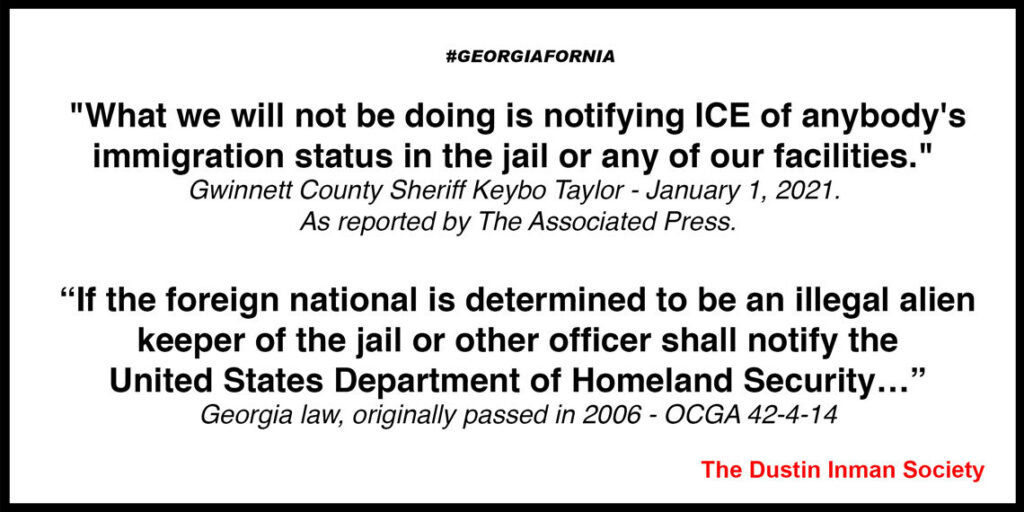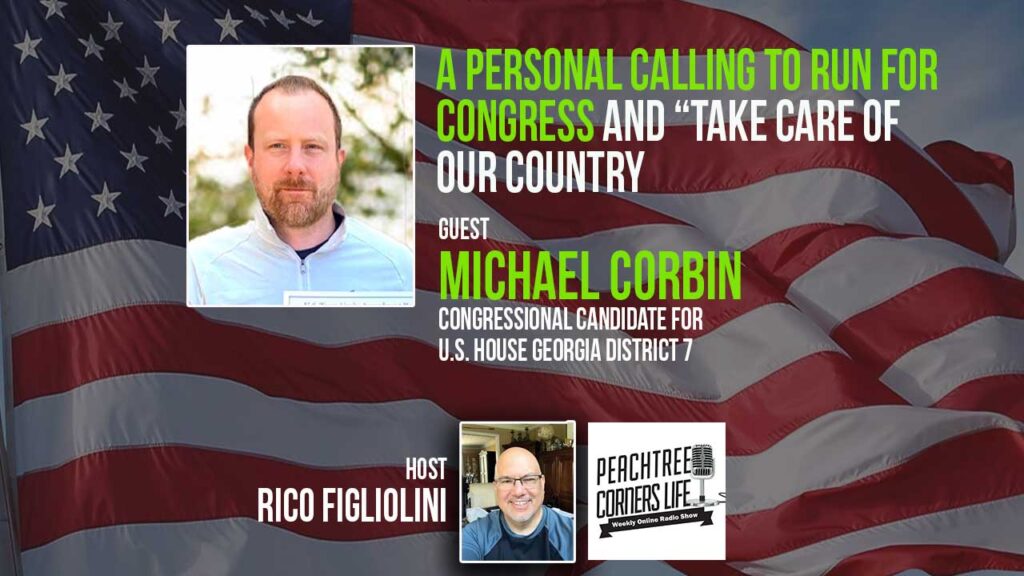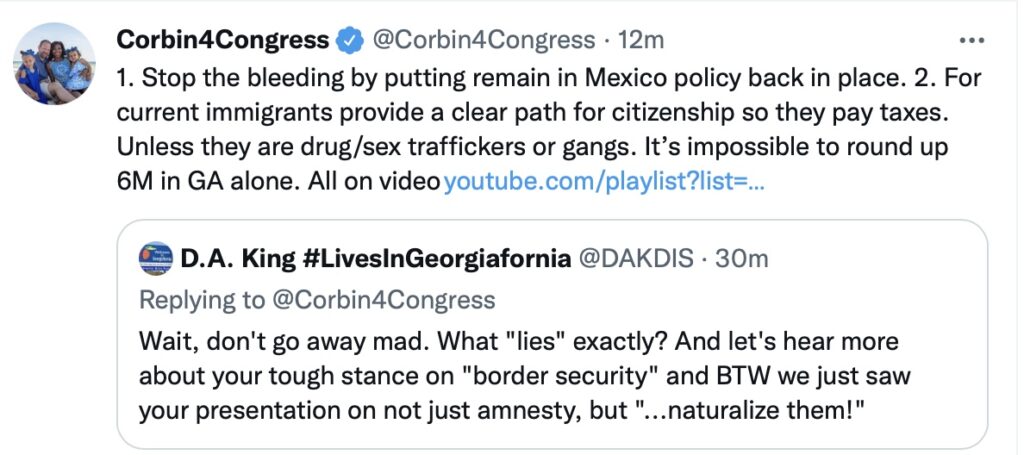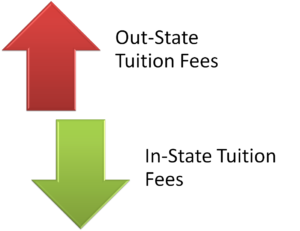
Martha Zoller, Monday, Nov 27, 2023 on the air, WDUN AM/FM Gainesville, GA. The topic when I tuned in was “false rumors” on social media and the now well-known, Nov. 23rd knife attack in Ireland.
“In Ireland, they had something similar happen, uh, where a, a, a person, a child or a couple of children were injured and killed through stabbing, and social media put out that it was a North African immigrant that had done it and riots broke out, uh, Thursday night into Friday morning, uh, with people up in arms about immigration. So I think that one of the things that we’ve got to be aware of as we look at something like this is that, you know, don’t believe the first thing you read, number one, uh, don’t go out and act rashly because there are immigration problems. There are immigration problems here, in the UK, in Ireland, in Europe, okay? There are problems, but if you’re going…”
It’s never okay to create a riot to go and deal with situations, but in this kind of post-George Floyd world where a whole bunch of very violent riots were allowed to go on with basically no consequences, that it has emboldened people that would behave in this sort of way. This is what we know, that on the evening of November 23rd a riot broke out in Dublin. It involved incidences of vandalism, looting, and assault, um, of guards and other people that were out there. They’ve made 34 arrests to this date and, um, you know, there’s… We’ve got to make sure… First of all, riots are never okay, but you need to be sure if you’re gonna get up in arms about something and protest about something that you have the right information.”
Then, a little later (no audio of this part):
“…(social media)…wrongly said an African immigrant killed these people.” She was blaming social media “false rumors” for telling people the Ireland knife attacks were carried out by an immigrant. Which seems to be the case.

- Related reading: Becoming an Irish citizen through naturalisation
Below is a report from Human Events. We think martha missed it or doesn’t understand that somebody can be an immigrant and a citizen of his new country. The media depends on that ignorance from people. Many liberal “news” outlets cited “citizenship” in an effort to hide the apparent fact that the stabber is both an immigrant and an Irish citizen.
Here is a news report from a dependable source that explains the apparent confusion. We note that if the Irish authorities had enforced their own law, the immigrant would not have been in Ireland to harm the innocent women and children. Maybe Martha will eventually see that fact too?
Human Events, Nov. 26, 2023 (yesterday)
Algerian immigrant suspected of stabbing women, children in Dublin was known to police, previously slated for deportation
“The man suspected of stabbing five in Dublin’s city center on Thursday was arrested earlier this year for possession of a knife. The stabbings prompted a riots and protests in Dublin after it was learned that the suspect is an Algerian immigrant. He had been in Ireland for about 10 years.
In May, the man was arrested for possession of a knife and damage to a car. The case went to court but he was not convicted. This, the Daily Mail reports, was “due to a mental health report given to the court.” The Times reported that “In June the Algerian man appeared before the District Court in Dublin charged with possessing a knife and criminal damage to a car after an incident in May. It is understood that the evidence was heard but the judge made no order. A no-order decision is usually made when a case involves serious mental health problems.”
According to The Times, the suspect was the “subject of a deportation order.” The man was also arrested in 2003, and is in his 50s.
“However, after a judicial review in the High Court his deportation order was revoked. Sources said in 2008 the Department of Justice granted the man leave to stay in Ireland,” the Times reported. “One said: ‘He was due to be deported 20 years ago, but fought the order for five years. He eventually obtained an Irish passport. He is a naturalised Irish citizen.'”
A source familiar with the current stabbing incident said that “Gardaí are at the very start of the investigation here so they are looking into his background as well as all the incidents he was involved in before this attack happened. There’s a real possibility that this was an incident related to a mental health episode, due to his history, but that’s not like they’re trying to get him off the hook.”
“Every proper procedure is being done and they are going to have to wait until he is well enough physically before they interview him,” they continued. “Gardaí will check if he had any links to Islamic extremism but at this moment in time it’s less of a possibility and it’s more likely this was a mental health incident.”
The suspect had reportedly been living in Dublin City Council hostel accommodations prior to undertaking the stabbing spree. His home has been searched by police and it is believed that phones and other items were taken by police as evidence.
The man is under guard in a hospital where he is recovering from injuries he sustained when another man tried to stop him from continuing his rampage. He is expected to be arrested and questioned once he is well enough.
A source told the Daily Mail that “This man came to Ireland in around 2003. In recent times, he’s come to the attention of the gardaí. This was over having a knife on him and him causing damage to a car.” Here.
_
And it’s also here. “The attacker, who Irish media reported was understood to be a naturalised Irish citizen who had lived in the country for about 20 years, was injured, and remains under guard. Police have seized the man’s laptop and phone and searched his home as they seek for a motive for the attack. They have not ruled out terrorism or mental health reasons.”_Maybe Martha only read this version.














